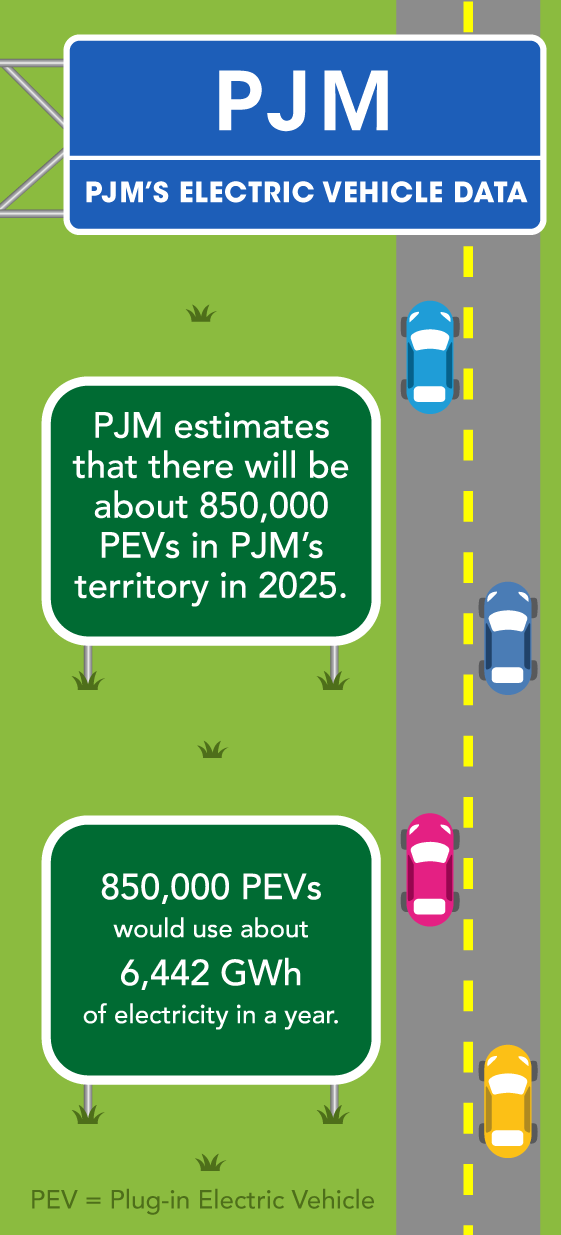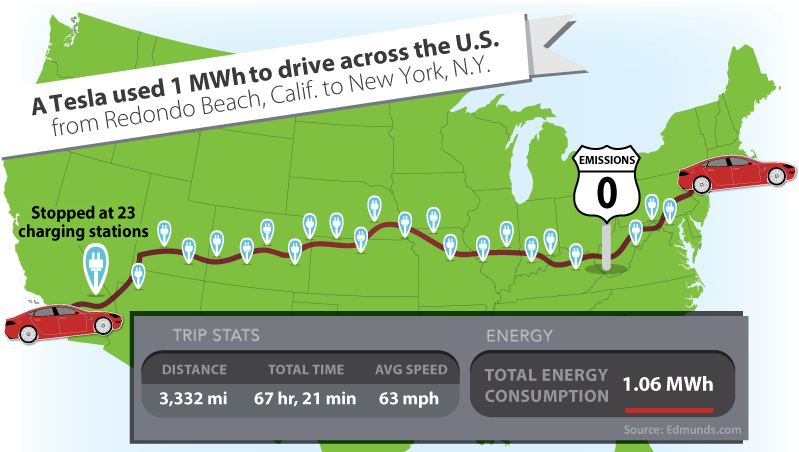Plug-in Electric Vehicles

PJM has been exploring vehicle-to-grid technology (V2G) since 2007, when it began working with the University of Delaware to demonstrate the capability of an electric car that can respond to grid signals. The University of Delaware continues to demonstrate the potential for electric vehicles to act as mobile storage devices that provide services to the wholesale market and PJM. Based on signals from the PJM control room used to stabilize the power grid, the cars can both charge and discharge, and earn revenue, similar to a generation asset. As a part of the pilot demonstration project, electric BMW Minis charged and discharged in response to the PJM frequency regulation signal and earned approximately $100 per month per car for their services.
 PJM and BMW North America explored electric vehicle interaction with wholesale electricity pricing signals, and vehicle owner battery charging habits. Managing electric vehicle charging based on pricing signals – either wholesale or dynamic retail rates – not only ensures vehicles are charged when the grid is less stressed but also reduces the already low fuel costs of plug-in vehicles.
PJM and BMW North America explored electric vehicle interaction with wholesale electricity pricing signals, and vehicle owner battery charging habits. Managing electric vehicle charging based on pricing signals – either wholesale or dynamic retail rates – not only ensures vehicles are charged when the grid is less stressed but also reduces the already low fuel costs of plug-in vehicles.
Also, General Motors and OnStar have demonstrated the potential for electric vehicles to choose their charging times based on the PJM “percentage of renewables” signal. OnStar used the comparison of real-time wind energy output in PJM as compared to real-time load to manage the charging of a fleet of Chevrolet Volts during times when electricity production from renewable energy was the highest.
The peak time for renewable energy generation from wind is generally between 10 p.m. and 6 a.m. Electric vehicle customers can help the grid, reduce their carbon footprint, and save money by charging during these low-priced, off-peak times.
